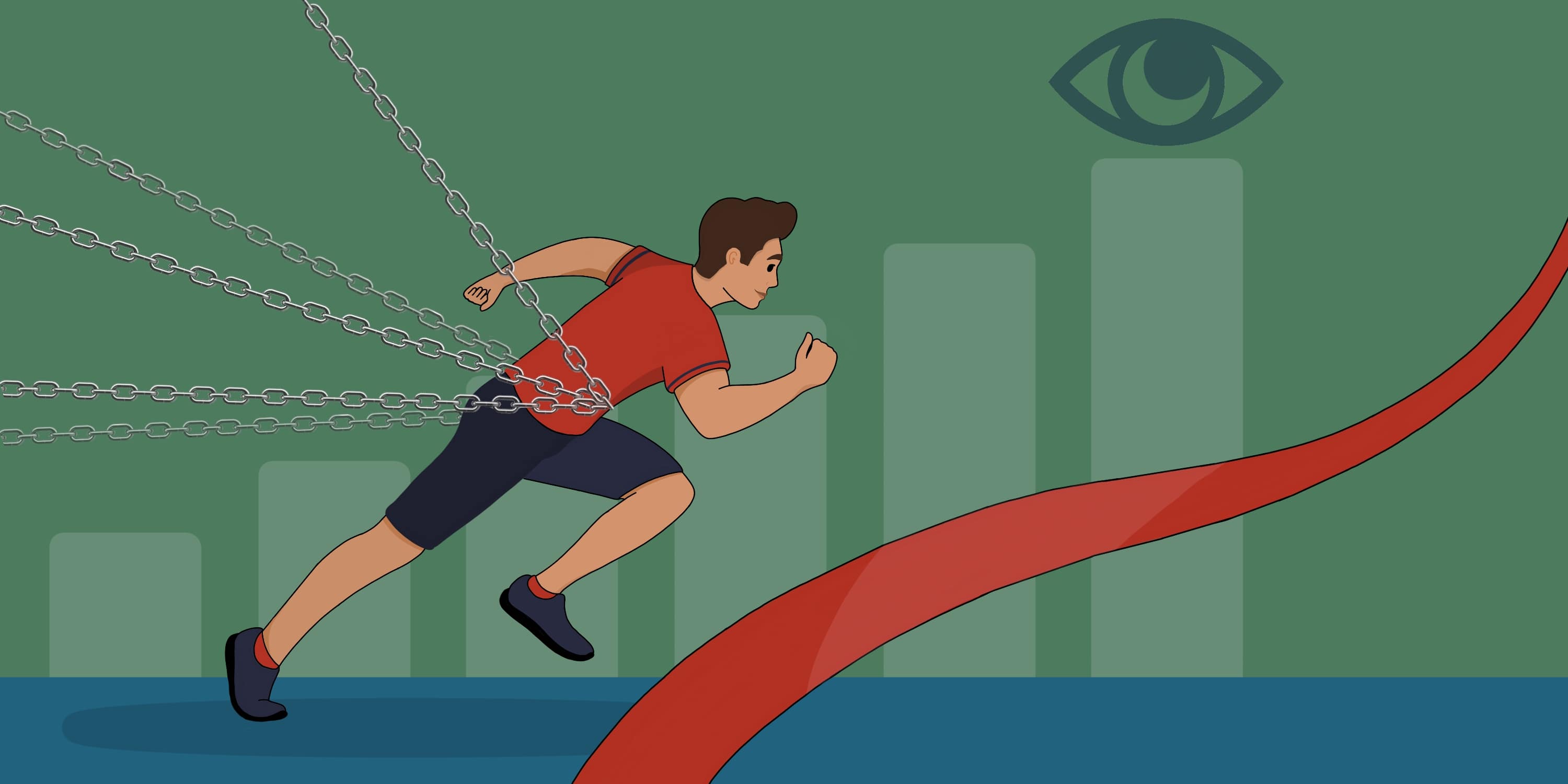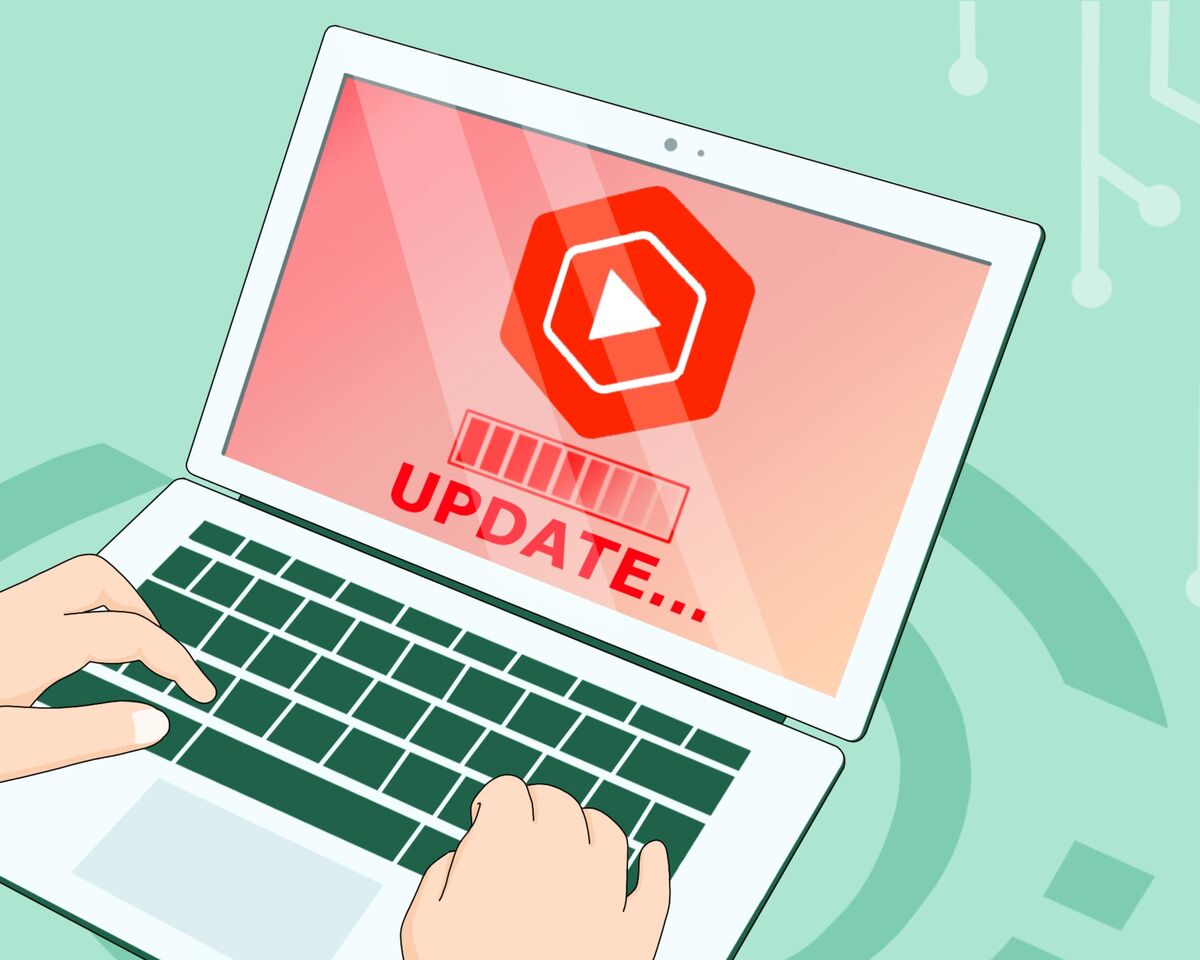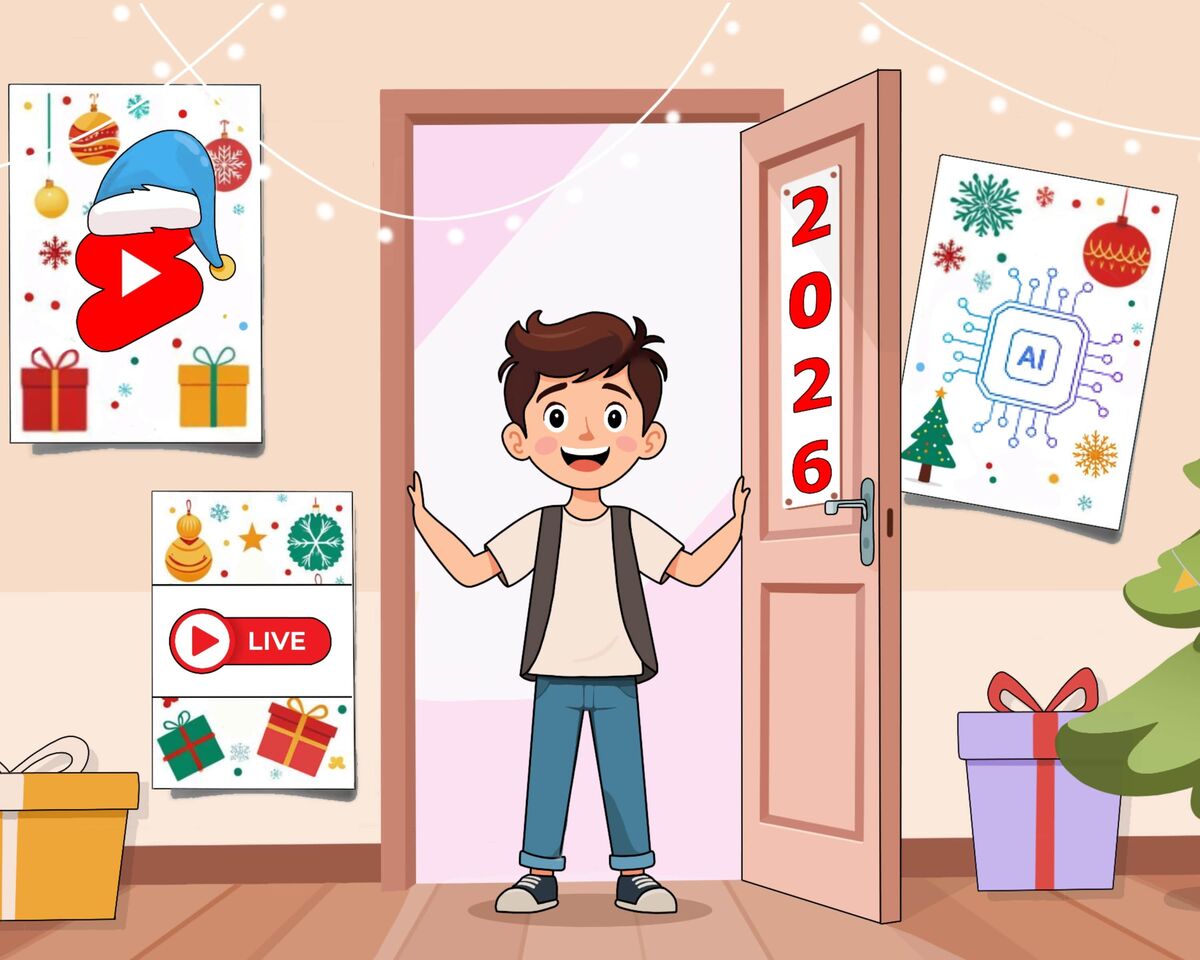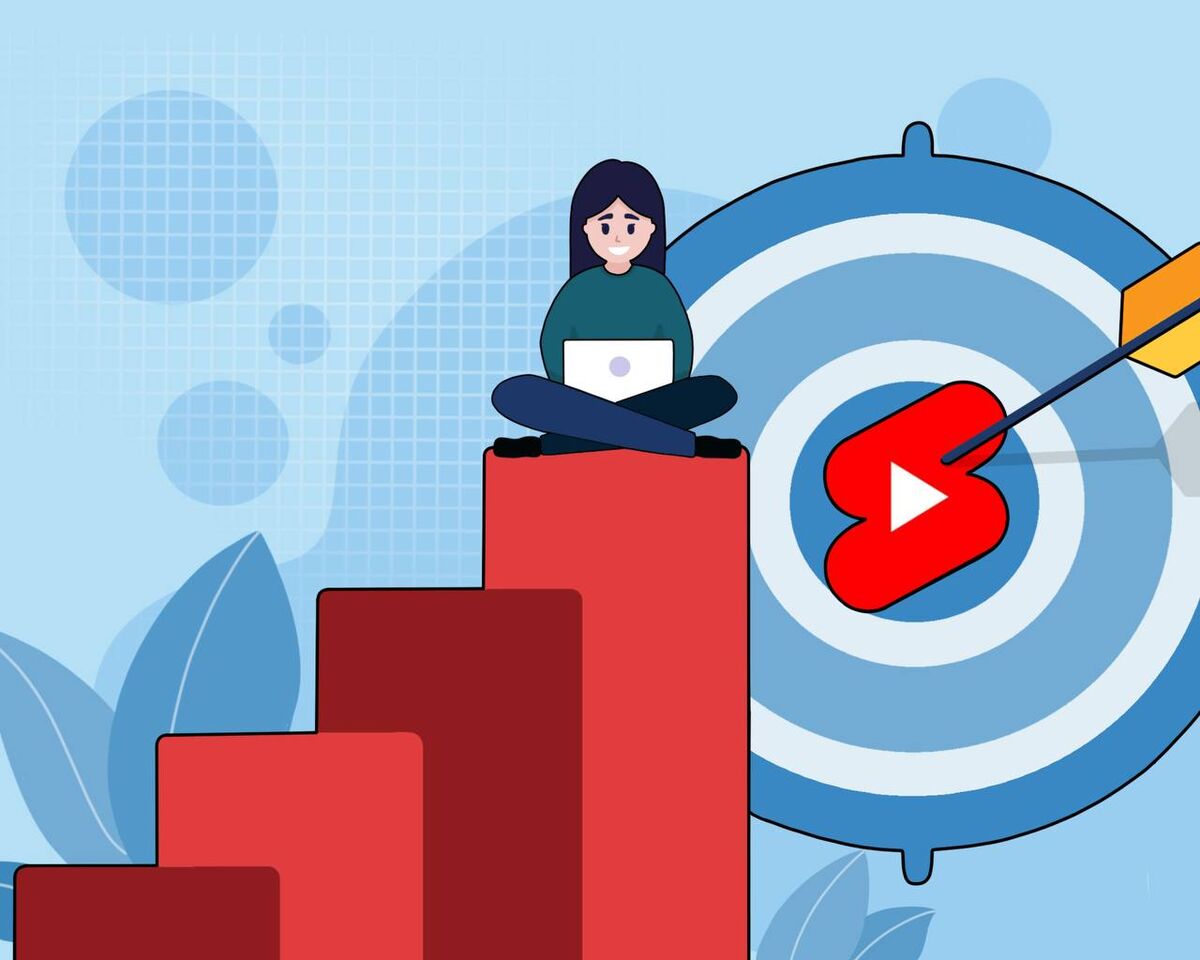Why does YouTube Limit Impressions and Views?

Imagine you are a dedicated creator who has been working hard on YouTube for a long time, giving it your all—or so you believe. Yet, your views aren’t growing, and neither is your subscriber count. What’s the first thing that comes to mind?
Of course, it must be because YouTube is limiting your reach, and you’re probably shadowbanned! How else can you explain that all your efforts haven’t paid off, while your competitors seem to be thriving?
The idea that YouTube is conspiring against creators individually is an intriguing topic. We know that, from time to time, you may wonder if the platform is biased against you. Well, sometimes that does happen, and we’ll definitely talk about it.
Search and content discovery algorithms. How recommendation systems work
- Mysterious and unsolved YouTube algorithms
Even some YouTube platform specialists refer to its algorithms as mysterious and unsolved. The sheer number of rules and recommendations makes it a real headache and source of confusion for creators.
But there's another side to the story: these same rules and recommendation systems help every user find videos that match their interests. So, for viewers, all these complexities are actually beneficial, without any headaches at all.
That means all creators need to do is understand the rules, recommendation system, and how YouTube's algorithms work to continue providing value to viewers. Otherwise, people simply won’t watch their content. However, learning such a massive amount of information seems complicated.
In this article, we’ll first examine which official YouTube policies can limit your content.
We'll start by explaining how search and content discovery algorithms work. This is fundamental knowledge that every creator should have.
The second key topic will be how recommendation systems function—that is, how YouTube selects videos for individual users based on their interests.
- How search and content discovery algorithms work
Search and content discovery algorithms determine how YouTube ranks your video after it's uploaded, who gets to see it, and how the platform evaluates viewer reactions to your content. As you learn about this, you’ll start to find answers to your questions, and many YouTube-related myths will be gone.
The first thing you need to know is that YouTube does not find an audience for your new video.
Surprised? But isn’t YouTube supposed to help creators find their audience? Isn’t that what we always talk about? While that’s how it works from a creator’s perspective, things look very different from YouTube’s and the viewer’s side.
The key idea is that YouTube finds videos for specific users based on their personal interests and search behavior.
- YouTube’s goal: viewer satisfaction
YouTube doesn’t care how many views or subscribers you have, or what your reach is. The platform’s primary goal is to satisfy viewers by providing engaging and relevant content. It rewards creators who help it achieve this mission.
This often leads to the misconception that YouTube favors big creators while preventing smaller channels from growing by limiting their exposure. Let’s address this myth right away.
YouTube rewards creators whose content resonates with audiences, regardless of channel size. It just so happens that large creators often produce content that keeps viewers engaged—so their videos get promoted more often. This isn’t due to bias but rather the objective measurement of audience engagement.
- Ranking and recommendation factors
Every minute, over 500 hours of content is uploaded to YouTube. To handle this enormous volume, YouTube relies on ranking tools that help viewers (not creators) discover the most relevant and engaging content.
These ranking tools are based on two main factors:
1. Video performance (how well the video engages viewers)
2. Personalized user preferences (what the individual viewer is likely to enjoy)
These factors influence video visibility across YouTube, including search results, the homepage, and recommendations.
- Why some silly videos go viral
One of the most common questions is: Why do low-effort, silly videos sometimes get millions of views, while high-quality educational content struggles?
The answer is simple: YouTube doesn’t care what type of content you create, as long as it engages viewers and follows the platform’s rules.
You might invest time, money, and expertise into crafting top-tier educational content, but a video of a sneezing panda could still go viral instead. This doesn’t mean YouTube is deliberately hiding your content—it just means the audience finds certain videos more engaging.
To ensure viewers find content they’ll enjoy, YouTube evaluates every video at multiple stages: before, during, and after watching.
Let’s break down these stages together.
- Stage before watching
You recorded a video, correctly filled in all the metadata—title, description, tags, subtitles, set an age restriction if needed—and published the video on your channel.
The first thing YouTube needs to do at this stage is to understand what you have filmed. And this is where your proper and comprehensive video optimization comes in handy.
Your metadata should clearly reflect what exactly your video is about and who it is for. The clearer this is to the platform, the easier it will be for YouTube to determine the target audience and show them the video.
Moreover, viewers themselves will be able to quickly find your content and easily understand what it is about just by looking at the title, description, and preview of the video. In this case, the user, by simply glancing at your video even before playing it, will understand whether it is really what they were looking for. This significantly increases your chances of high watch duration, excellent retention, likes, comments, and even subscriptions.
If the optimization is done well, YouTube will show your video to a small group of people who, in its opinion, would be interested in your content. Then YouTube analyzes whether viewers opened the video or not, ignored it, or clicked the "Not interested" button.
This way, YouTube understands how accurately the actual content of the video matches the user's query. And it's no longer about metadata but about the storyline of your content itself. Another important indicator is how often users click on this video from search results.
At this stage, the pre-play analysis is completed, and now YouTube looks at how viewers react to your video—
- Watching the video
If the video is already playing, YouTube takes into account how much time users watch it and up to what time stamp. This metric determines the average watch time in minutes and percentage, which we call retention or average watch time. Thanks to this data, YouTube understands how interesting your video was to users. And the more it pleases viewers, the higher it will appear in search results and the more likely it is to end up in recommendations. This process is called ranking the video, which means determining the position of your video in relation to other videos on the platform.
- After video
After a video has been watched, YouTube “collects” the feedback. But instead of personally calling viewers to rate the quality of the service, it evaluates how much each user liked the video in a slightly different way. YouTube relies on tools like surveys and "Like" marks to gather this information.
These algorithms help YouTube’s machine systems better select videos for each individual user.
But remember that this is the endl—there is also the recommendation system.
It is based on personal preferences, meaning what a specific user likes. This includes which videos people choose to watch, which ones they ignore, and which they skip entirely. Recommendations are also influenced by how often a user watches a particular channel or topic. In this case, YouTube takes viewing and search history into account.
And yes, we cannot directly influence the selection of videos in an individual viewer’s recommendations. However, everything we’ve covered so far are tools for ranking videos—YouTube’s evaluation and display algorithms. As creators, we need to understand these factors to know what the platform considers when assessing our videos.
When you understand how the system works and what is valuable for a particular platform, you understand how the system works- its putting you a step ahead of the competition. But even knowing all the rules, every creator has their own experience on YouTube, which also shapes their approach.
Additionally, what a creator hears from fellow YouTubers influences their opinions and work on the platform. On the one hand, sharing experiences with other creators is highly beneficial, helping to grow a channel faster without going through the trial-and-error process alone. On the other hand, this is exactly how assumptions, conspiracy theories, and myths about YouTube’s recommendation algorithms arise.
What does YouTube recommend for creators who want their videos to reach the right audience?
First and foremost, take the main advice from YouTube experts—shift your focus from the platform’s algorithms to your audience.
As we’ve already established, YouTube’s top priority is to find engaging and high-quality content for each viewer. Therefore, as a creator, your main task is to produce exactly that kind of compelling and high-quality content.
You need to thoroughly analyze the niche in which you’re developing and study what your competitors are doing in your field. This analysis should be extensive and well-structured. Your goal is to define your niche and target audience—those who are genuinely interested in your channel.
YouTube’s built-in analytics will help you with this, especially the sections about your viewers. You need to know what they watch, what interests them, and stay updated on global trends as well as changes specific to your audience.
Don’t be afraid to try something new, because now you know that one unsuccessful video won’t ruin your channel’s overall growth. If you’re unsure about your next steps, try going back to the basics—understand what initially attracted viewers to your channel and what has changed since then.
And now that we’ve clarified the situation with algorithms and established that YouTube doesn’t deliberately restrict you, let’s find out if there are real cases where YouTube might actually limit your video’s views.
Real restrictions on views and reach by YouTube
Yes, the platform can indeed limit the reach of your video due to age restrictions, bans on certain types of content—such as violence or extremism—as well as copyright violations.
Additionally, YouTube may restrict access to videos in certain countries where the content is prohibited or does not comply with local laws.
The official reasons for YouTube limiting views and reach are always based on its policies. Therefore, no other factors—aside from rule violations—can cause the platform to artificially reduce your video’s performance. However, it’s important to note that this applies only to the official information provided by YouTube.
There are several ways to check whether your videos have any real restrictions.
- Method #1
First, enable Restricted Mode on your channel and check if all your videos are visible.
Restricted Mode was created to hide videos that may be considered inappropriate. When enabled, all 18+ content will be hidden, and video comments will also be disabled.
To determine which content to filter, YouTube checks videos for compliance with Community Guidelines, analyzes metadata, and considers age restriction information.
Therefore, if your video is not safe for users under 18, it will not be visible when Restricted Mode is enabled.
- Method #2
Go to the "Content" section in YouTube Studio. Here, where copyright infringement claims are usually located, you may also see restrictions like "Audience" (content not intended for children) or "Age Restrictions" (videos intended only for viewers 18+).
If you've violated the Terms of Service, this will also be displayed in the "Restrictions" column. This means your video contains prohibited content (a violation of community guidelines), you've artificially inflated views, violated the Terms of Service, or a complaint was filed against your video for illegal content.
As you can see, there aren’t many direct restrictions or methods to detect them from the platform. However, there are situations that aren't explicitly stated in the platform's rules but still exist. For now, we wish you success with your channel! See you in the next article!




